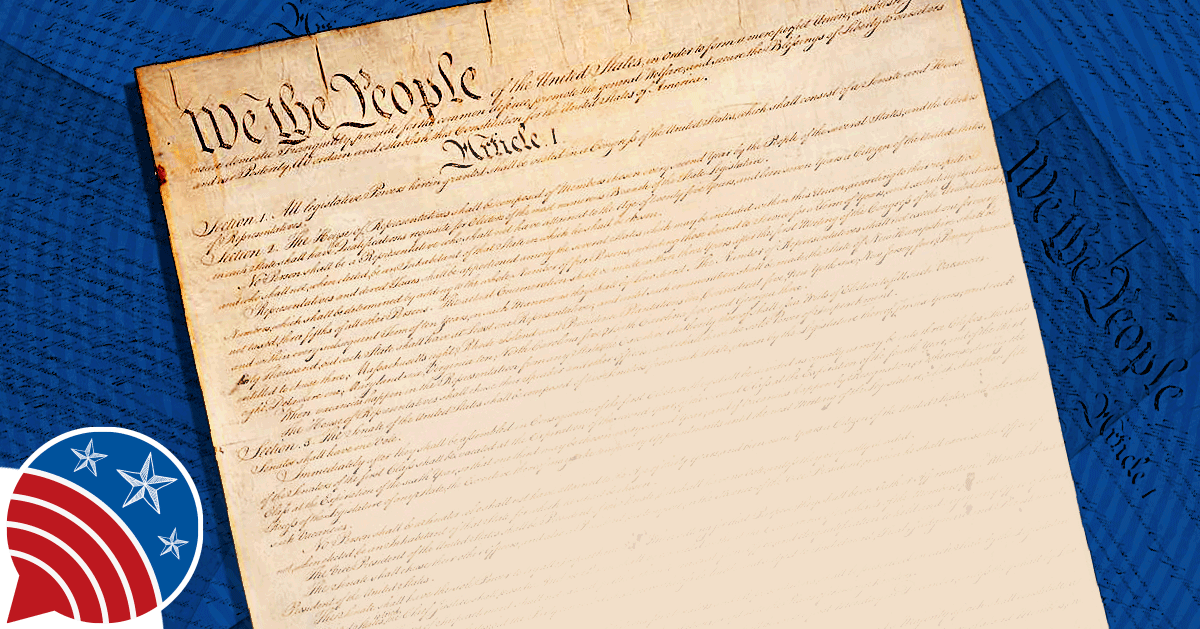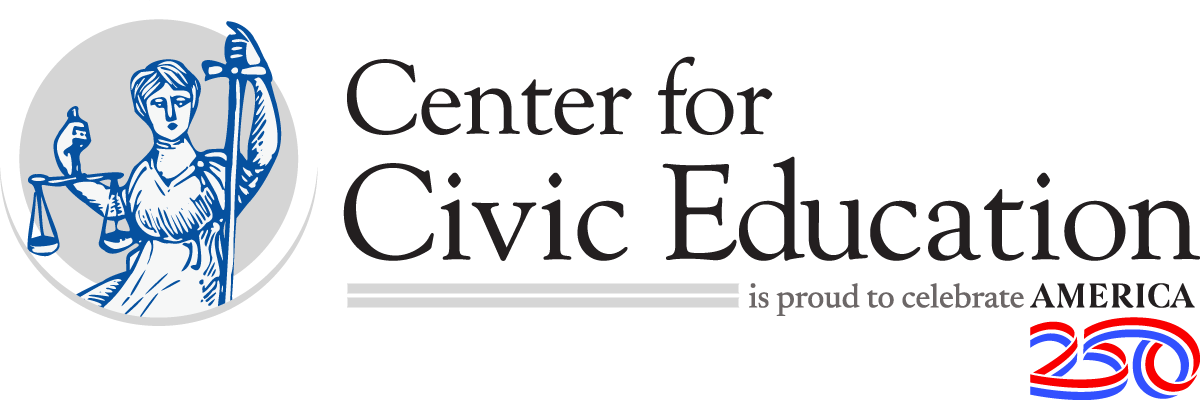
Principles of the Constitution
Paideia Seminar Plan
Launch Activity
Ask participants to jot down and discuss the following question: Consider the strengths and challenges of your community. If you had to form a new government, what issues would you address? Make a list of the top ten priorities, in order of significance to you.After 5-10 minutes of quiet work time, direct participants to small groups. Inform them that they are to work with their group members to solidify a list of priorities that incorporates the ideas of each member.
After 5-10 minutes of quiet work time, direct participants to partner with another group in the room. Inform them that they are now tasked to incorporate the ideas of their partner group into a new list of ten priorities. Repeat this process once more, depending on the size of the group.
Ask participants to choose a group speaker to share their list with the whole group. Debrief the simulation/process with the participants.
Sample Debrief Questions
- (Show of hands) Did your group’s final list reflect the priorities you started off the activity with? If not, what differences emerged?
- What are the strengths of this decision-making process? Challenges?
- If you had to reimagine this activity/process, what changes would you make?
Inspectional Read
Distribute the texts, Articles of Confederation. Discuss with participants what they anticipate the text is about. Have them number the lines in the text. Then ask participants to read the text while highlighting unfamiliar words and phrases.
Background Information
The Articles of Confederation were a set of rules that governed the United States from 1781 to 1789. They were created during the American Revolution and served as the country's first constitution. The main goal of the Articles was to establish a loose alliance among the 13 original states, giving them some power to work together while also protecting their individual rights.Under the Articles of Confederation, the central government had limited authority. There was no president or executive branch to enforce laws, and Congress was the only branch of government. However, Congress had very limited powers. It could declare war, make treaties, and settle disputes between states, but it couldn't collect taxes or regulate trade. Each state had one vote in Congress, regardless of its size or population.
While the Articles of Confederation provided some unity among the states, they had many weaknesses. The central government couldn't raise an army or collect taxes, which made it difficult to defend the country and pay off debts from the Revolutionary War. Additionally, there was no national court system to settle legal disputes between states. The lack of a strong central government led to disagreements and difficulties in making decisions that affected the entire country.
These weaknesses eventually led to the Articles of Confederation being replaced by the United States Constitution in 1789. The Constitution created a stronger central government with separate branches and the ability to collect taxes and regulate trade. The Articles of Confederation taught the founding fathers important lessons about the need for balance between states' rights and a strong federal government, paving the way for the formation of the modern United States.
Vocabulary
Have participants share the words and phrases they found unfamiliar while a volunteer lists them on the (interactive) whiteboard. Be sure to include:
- “be not infringed”
- confederation
- equipage
- garrison
- impositions
- imposts
- judicial proceedings
- jurisdiction
- magistrates
- sovereignty
Assign the words and phrases to groups of participants to research and define. Then have the groups share out to the entire class and discuss until all participants are comfortable with the surface meaning of the text.
Analytical Read
Have participants read through the text selection again, slowly highlighting the three most impactful lines or sentences. Then in the margins of the selections, write notes on what makes those lines or sentences so compelling.
Define and State the Purpose of the Seminar
“A Paideia seminar is a collaborative, intellectual dialogue about a text, facilitated with open-ended questions. The main purpose of this seminar is to arrive at a fuller understanding of the textual ideas and values, of ourselves, and of each other.”
Describe the Responsibilities of the Facilitator and Participants
“I am primarily responsible for asking challenging, open-ended questions, and I will take a variety of notes to keep up with the talk turns and flow of ideas. I will help move the discussion along in a productive direction by asking follow-up questions based on my notes.“I am asking you to think, listen and speak candidly about your thoughts, reactions, and ideas. You can help each other do this by using each other’s names.
“You do not need to raise your hands in order to speak, rather, the discussion is collaborative in that you try to stay focused on the main speaker and wait your turn to talk.
“You should try to both agree and disagree in a courteous, thoughtful manner. For example, you might say, ‘I disagree with Joanna because…,’ focusing on the ideas involved, not the individuals.”
Have Participants Set a Personal Goal
“Now, please reflect on how you normally participate in a discussion as a group. What goal can you set for yourself that will help the flow and meaning of the seminar?“Please consider the list of personal participation goals – either on the Speaking and Listening Checklist or on the board.”
- To speak at least three times
- To refer to the text
- To ask a question
- To speak out of uncertainty
- To build on others’ comments
Agree on a Group Goal
“For this seminar, I will suggest our group goal.” (Select display for all to see or have a brief discussion to decide and post the group goal.)
Opening (Identify Main Ideas From the Text)
- Give one adjective that you would use to describe the spirit of the Articles of Confederation?
- Based on the text, why do you think that? (spontaneous discussion)
Core (Analyze Textual Details)
- How are the Articles related?
- How would you describe the authors’ opinions on the balance of power between states and the central government?
- Where in the text do the authors address dealing with conflict with external forces?
- What challenges to governing do you see in this text, based on the technology available at the time of its creation?
- Based on the text, what do you think were the limitations of the financial system described?
Closing (Personalize and Apply the Ideas)
- What line, sentence, or article from the text is most relevant for us to discuss and consider today?
Transition to Writing
Participants should be encouraged to revisit notes they captured on the margins of their text selection, personal recording space, etc., and during the Launch Activity.
Writing Task
Write one paragraph, directed to the authors of the Articles of Confederation, criticizing the most problematic aspect of the Articles of Confederation. Include details and ideas from the text and Paideia discussion in your response to the prompt.
Extension Task
Identify and analyze a policy from your community/local government that you believe requires a rewrite. Create a visual or multimedia presentation that explains the existing issue and your proposed rewrite of the policy.






